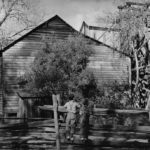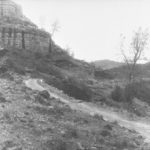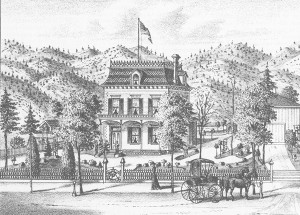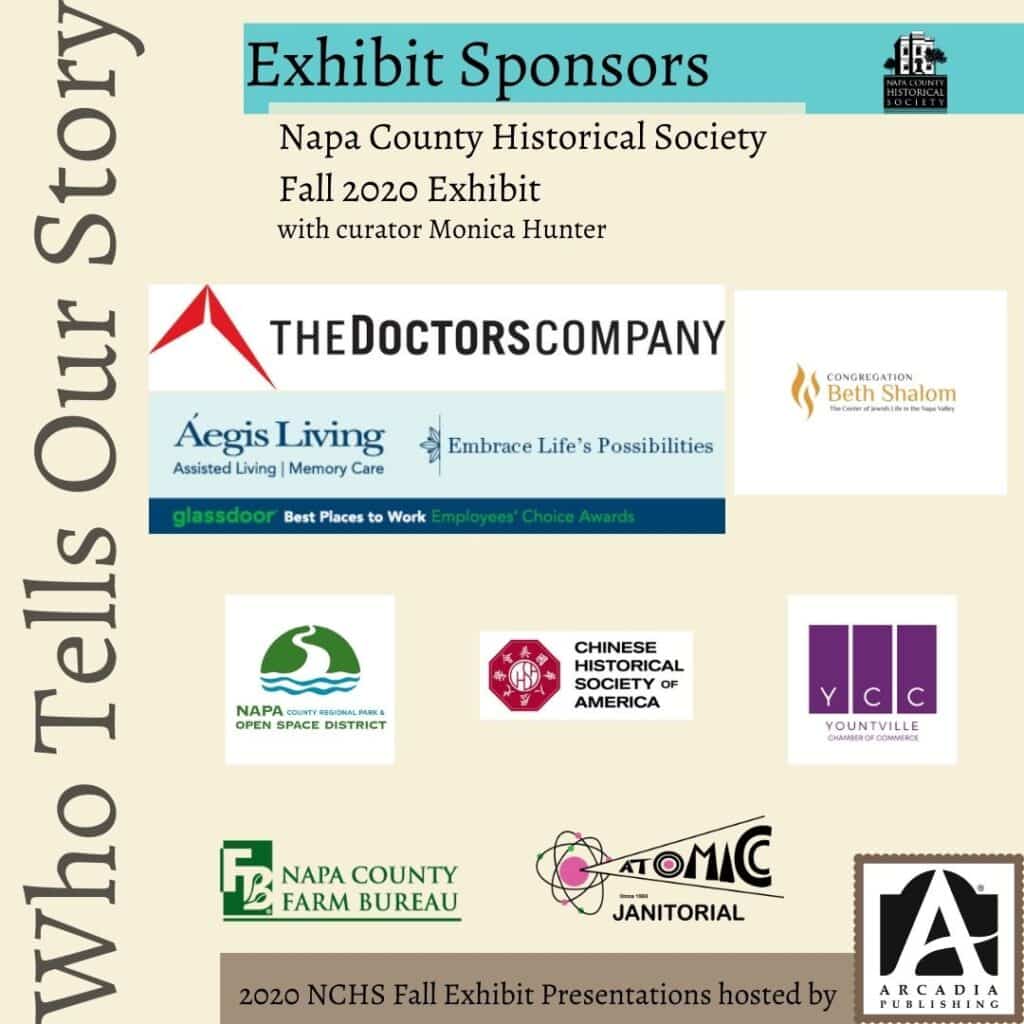About the Napa County Regional Park and Open Space District
Also known as the Napa Open Space District, the District is dedicated to preserving, restoring, educating about and providing access to Napa County’s water, wildlife, open spaces and historical resources.
Since its inception, the District has protected more than 5,000 acres of watersheds, forests and other open spaces, built and now operates Ecocamp Berryessa as a youth outdoor education camp, and constructed and/or operates over 75 miles of recreational trails. Confronted with their planned closure by the State, in 2012 the District took over operation of Bothe-Napa Valley State Park and the Bale Grist Mill State Historic Park, and has successfully operated these two parks ever since. As of early 2020, the District operates Robert Louis Stevenson State Park as well.
More details at www.napaoutdoors.org.
 Bale Grist Mill – Places, People, Livelihoods
Bale Grist Mill – Places, People, Livelihoods
Oat Hill Mine Trail – Places, Livelihoods, Leisure
The Cove – Places, Leisure
Wetlands Edge – Places, Leisure, People
- History with Native Americans and as landfill site that’s been restored
- Current very heavy community use
- Mike Thompson Hike & Bike Loop
- Cooperative partnership with City of American Canyon
Moore Creek Park – Places, Leisure
- Cooperative partnership with City of Napa
Suscol Headwaters Preserve – Places, Leisure
Robert Louis Stevenson State Park – Places, People, Leisure
- Heavily visited by hikers/cyclists/climbers
- Trail to Mt. St Helena
- Access to the scenic Pallisades Trail over to OHMT




